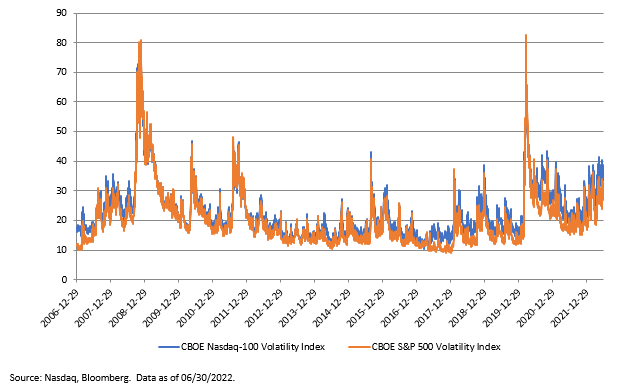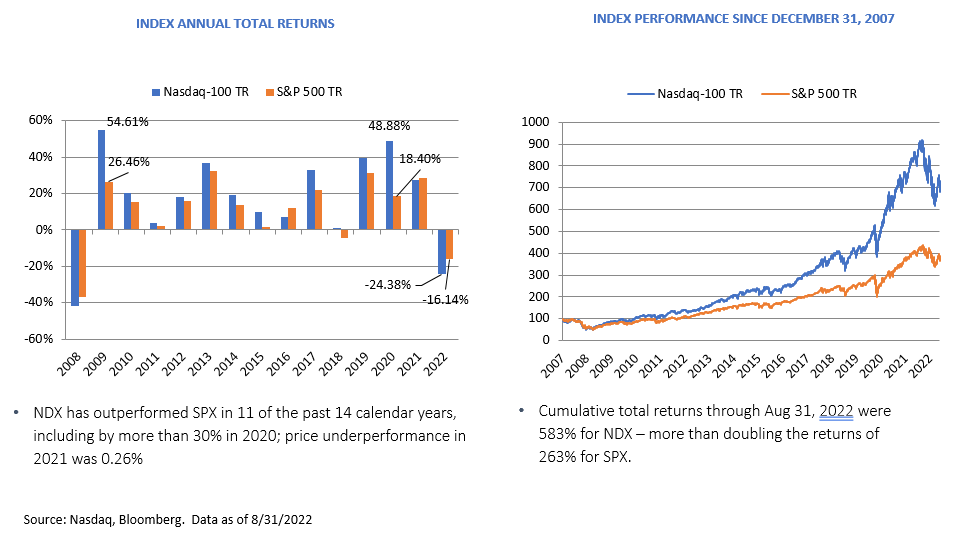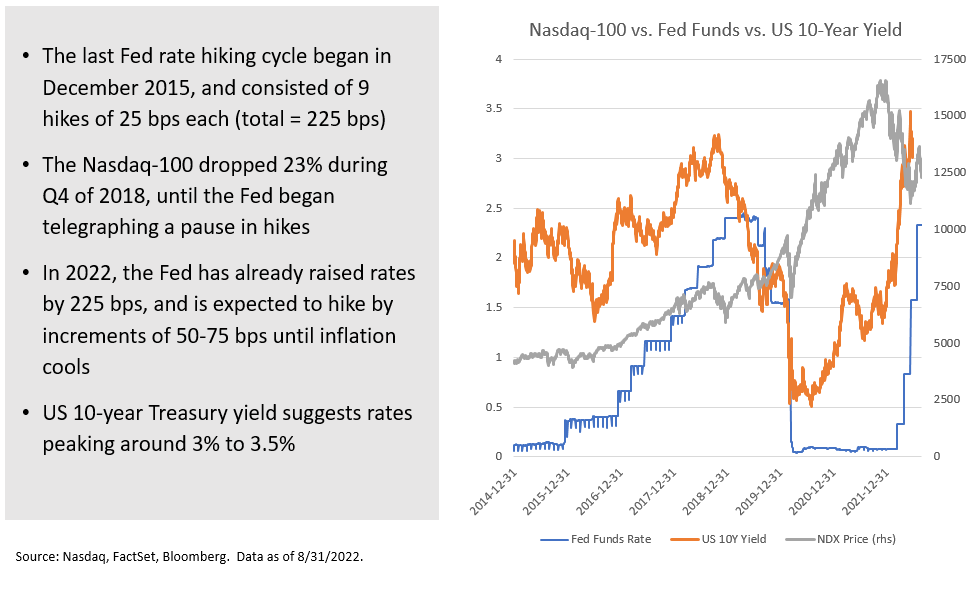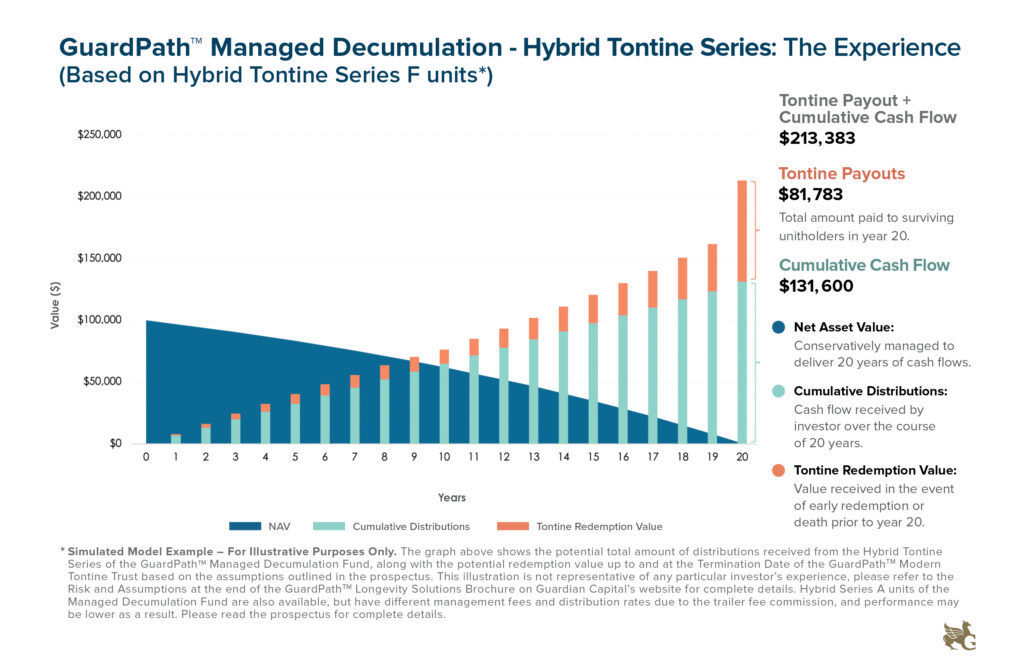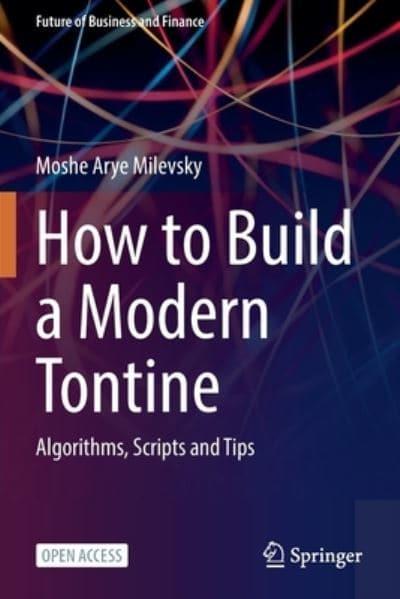By Brian See, Evermore
Special to the Financial Independence Hub
Target date funds are a fantastic investment tool, particularly for Canadians who are saving for retirement. Despite their benefits, though, they have not been made widely available to the masses yet.
If we look at our U.S. neighbor, target date funds are already taking off. In fact, target date funds hit a record US$3.27 trillion in assets in 2021, up from $52 billion in 2020. The market value speaks for itself: target date funds are here to stay, and they’re growing in popularity.
When it comes to retirement, there are many Canadians who don’t save long-term because it seems out of reach. In fact, about 1 in 3 Canadians have never saved a dime for retirement even though the majority of Canadians have expressed concern about not having enough money in retirement. To boot, record-high inflation is leading Canadians to fear a retirement crisis, and 72% of Canadians believe saving for retirement is ‘prohibitively expensive.’
We have seen target date funds play out well in the U.S. If Canada is able to further adopt this form of investing to the market, we can close this retirement investing accessibility gap.
In order to understand the opportunities that target date funds provide for investing for retirement, it’s important to break down how they work.
How Target Date Funds work
At their core, target date funds are a one-stop-shop for long-term saving and investing. Target date funds use a systematic or rules-based asset allocation where the mix of stocks and bonds changes over time as you approach the target date. The funds are a mix of stocks and bonds that increase and decrease their risk levels according to the person’s age. This “glide path” model increases risk as you’re younger, and decreases risk as you get closer to retirement because, simply put, you’ll need that money to draw upon in retirement! Target date funds are also easy to choose. You simply pick the year you want to retire and select the target date fund with that year.
Of course, with any investment strategy, there are risks. The inherent risk here is that you are investing in the market. Stocks and bonds go up and down: they ebb and flow but in the long term, markets have increased in value. A key feature of target date funds is that they are diversified across asset classes, geographies and sectors, and that diversification helps whether there is a downturn in the market or not. Target date funds weather the storm. Continue Reading…




